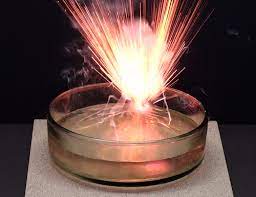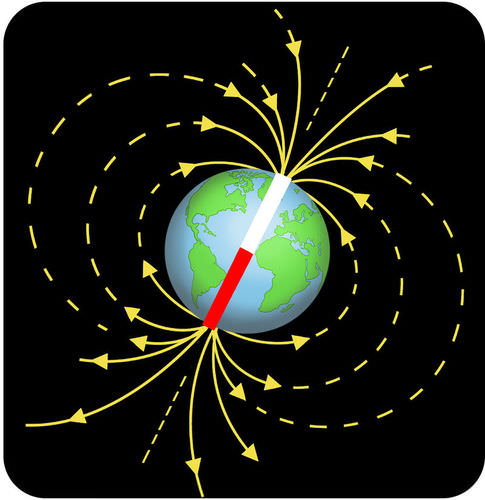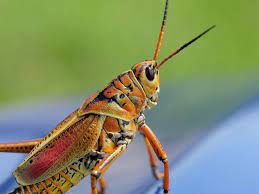3. Some metals are so reactive that they explode on contact with water
There are certain metals – including potassium, sodium, lithium, rubidium, and cesium – that are so reactive that they oxidize
(or tarnish) instantly when exposed to air. They can even produce explosions when dropped in water! All elements strive to be chemically stable –
in other words, to have a full outer electron shell. To achieve this, metals tend to shed electrons. The alkali metals have only one electron on their
outer shell, making them ultra-keen to pass on this unwanted passenger to another element via bonding.
As a result, they form compounds with other elements so readily that they don’t exist independently in nature.













